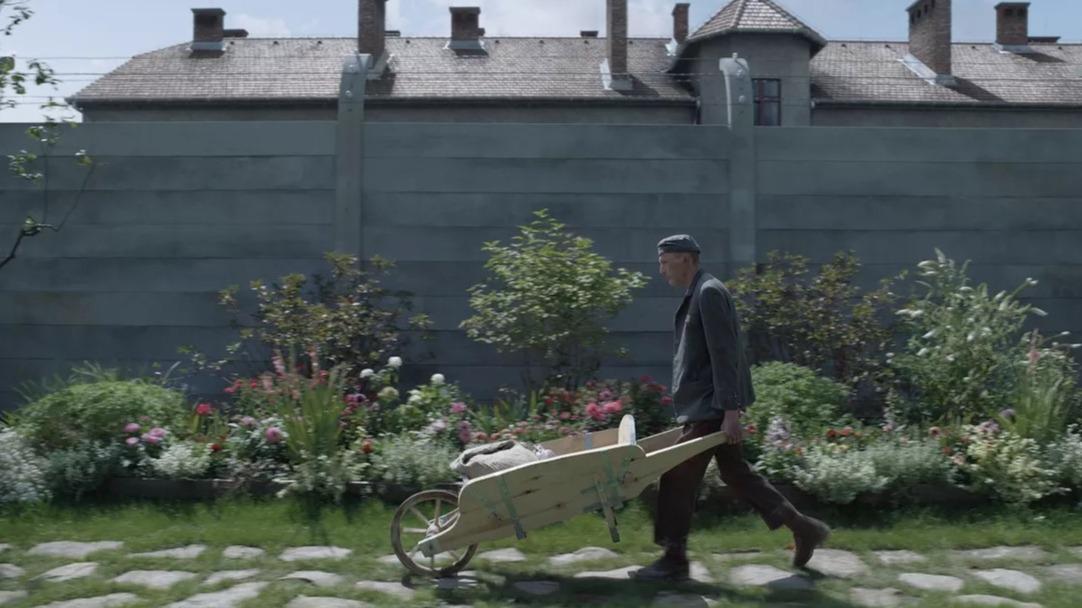On March 21, 1943, exactly 80 years ago, Rudolf-Christoph von Gersdorff, a German Army officer willing to die to free his country from the shadow of Nazism, tried to assassinate Adolf Hitler.
Between 1943 and 1944, there were at least five assassination attempts against him.
This was the second.
Although his plan failed—as did the others—his plan is a testament to the opposition to Nazism within the German military lines, and to the courage of those who tried to change the future of Germany.
Gersdorff began his military career in Germany in 1925, in the 7th Cavalry Regiment and became a regimental adjutant in Breslau in 1933. In 1938, he was transferred to the War Academy in Berlin, and took part in the occupation of Sudetenland ( areas of Czechoslovakia that Germany wanted to annex).
Later, in 1939, his unit was deployed during the invasion of Poland and he acted as a staff officer in the offensive against France.
From 1941, he became a counterintelligence officer of the Heeresgruppe Mitte (Army Group Center), where he joined a group of conspirators who were informed about war crimes against Soviet prisoners of war and the mass murder of people. Jews by Einsatzgruppe B (one of the paramilitary death squads in Nazi Germany).
Among the conspirators was Henning von Tresckow, a key figure in the resistance of the German army, who was recruited by Friedrich Olbricht, head of the office, also involved in plans to overthrow Hitler and organize a coup, defining a clear structure of what the government would look like after his death.
Originally, the plan to assassinate Hitler was to be carried out by Tresckow under Olbricht's direction from Berlin.
On March 13, the dictator would visit soldiers on the Eastern Front in Smolensk.
There, a group of officers would shoot at him at the same time after a signal.
However, Günther von Kluge, a commander of the Center asked Tresckow to cancel the plan, pointing out that it was too soon and that, since Heinrich Himmler (a key SS figure and one of Hitler's closest men) was not present they also sought to kill), there was a risk of starting a civil war between the SS and the German Army.
Having failed, Tresckow attempted another assassination by planting a bomb on a plane carrying Hitler.
However, it was not detonated.
The plan of March 21
After Tresckow's plan failed, Gersdoff signaled that he was willing to give his life for Germany in another assassination attempt.
On March 21, 1943, Hitler paid a visit to the Zeughaus in Berlin, an old armory where Soviet weapons were kept.
This visit was part of the Heldengedenktag, a public festival commemorating those killed in military confrontations.
Being so important, the dictator was expected to spend a lot of time in the place, making it ideal for carrying out another plan.
Adolf Hitler visiting the special display of weapons stolen from Russia at the Zeughaus in Berlin, where Rudolf Christoph von Gersdorff tried to assassinate him.ullstein bild Dtl.
(via Getty Images)
Gersdorff was the guide for Hitler's visit to the Zeughaus.
Previously, the officer had obtained explosives, which he placed in his coat pockets, and set them off for a detonation within 10 minutes.
His plan was to throw himself at Hitler in a hug that would result in an explosion that would kill them both, and possibly others in attendance, including Heinrich Himmer, Hermann Göring, Wilhelm Keitel and Karl Dönitz, all close to Hitler. .
However, the Nazi leader passed through the museum quickly, in less than 10 minutes, which prevented the attack from being carried out.
Gersdorff kept the bombs, and managed to defuse them at the last moment.
Subsequently, he was sent to the Eastern Front to avoid suspicion.
Gersdorff also obtained explosives that would later be used by another conspirator, Claus Schenk Graf von Sauffenberg, for another assassination attempt.
The officer was one of the few conspirators to survive the war.
Others were imprisoned and tortured.
Thanks to his silence, Gersdorff avoided being arrested and executed.
after the war
After the war, Gersdoff served in the US Army Historical Division, where German generals wrote operational studies of World War II.
Being considered a traitor by some officers, he was rejected from the Bundeswehr, the West German armed forces, which prevented him from continuing his military career.
Rudolf-Christoph Freiherr von Gersdorff. ullstein bild (via Getty Images)
He dedicated his life to charity in the Order of St. John, a branch of a Catholic military order, founding a humanitarian organization that as of 2017 had 37,000 active volunteers and more than 1.3 million registered members.
Although views of Gersdorff have been positive due to his involvement in opposing Hitler, in recent years his image has been reassessed.
Historian Joannes Huerter, from the Institute for Contemporary History in Munich, points out that many of the conspirators were initially informed of the first mass murders, and collaborated in them, since those crimes would seem less horrific if balanced against the opportunity to defeat the sovietic Union.
Once they realized that the military risk was not worth it and that the killings turned into genocide, they reconsidered their position.
Subscribe here to the EL PAÍS America
newsletter
and receive all the latest news in the region.

/cloudfront-eu-central-1.images.arcpublishing.com/prisa/G353N36KN5BMBBHUXV5AM6XRSE.jpg)













